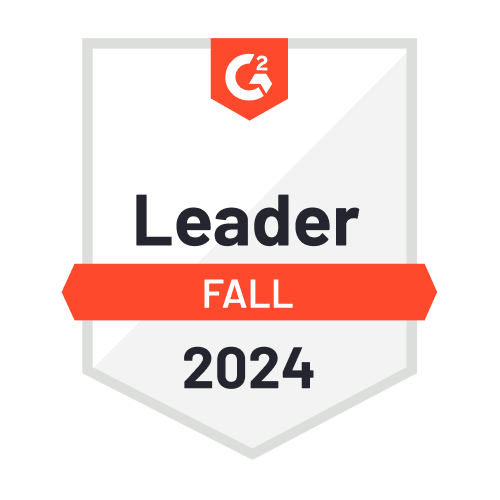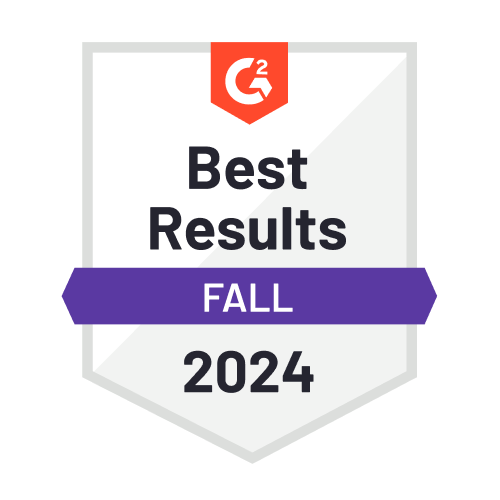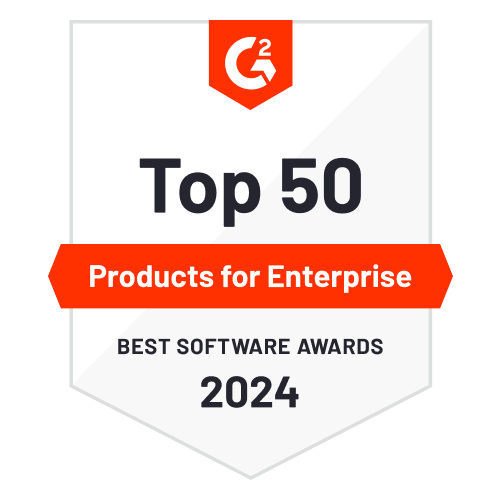Predictive Segmentation
Predictive segmentation is a technique used in marketing to identify and create customer segments based on the high probability of occurrences of certain behaviors, events or conditions in the future. It is typically powered by artificial intelligence and machine learning technology and is automated.
The best examples of predictive segmentation include “likelihood to purchase” and “likelihood to churn” segments. While “likelihood to purchase” intends to segment customers based on their future high probability of purchasing your products, “likelihood to churn” creates segments of users who are more prone to exiting your business.
A marketer enabled with predictive segments will be able to:
- Leverage smart predictive models to predict each consumer’s likelihood to perform any action such as purchase, repeat purchase, churn, etc.
- Send a set of personalized push notifications to engage each customer
- Send push notifications to the right user at the right time, when they are likely to engage and when a business needs to
- Automate customer journeys for each individual customer, along the predefined marketing funnel
- Deliver the best next product recommendations, content, or offer — to each customer
Predictive segmentation removes the need for all of the manual work by automatically identifying and analyzing the valuable or high-potential audience segments that need to be targeted. However, as an individual capability, it does not help in determining the right experience that should be tailored for each identified audience segment. In other words, predictive segmentation accelerates a marketer’s position in the workflow, enabling them with the right segments to work with, but tailoring the appropriate experiences remains guesswork that would have to be tested and validated over time with data.













